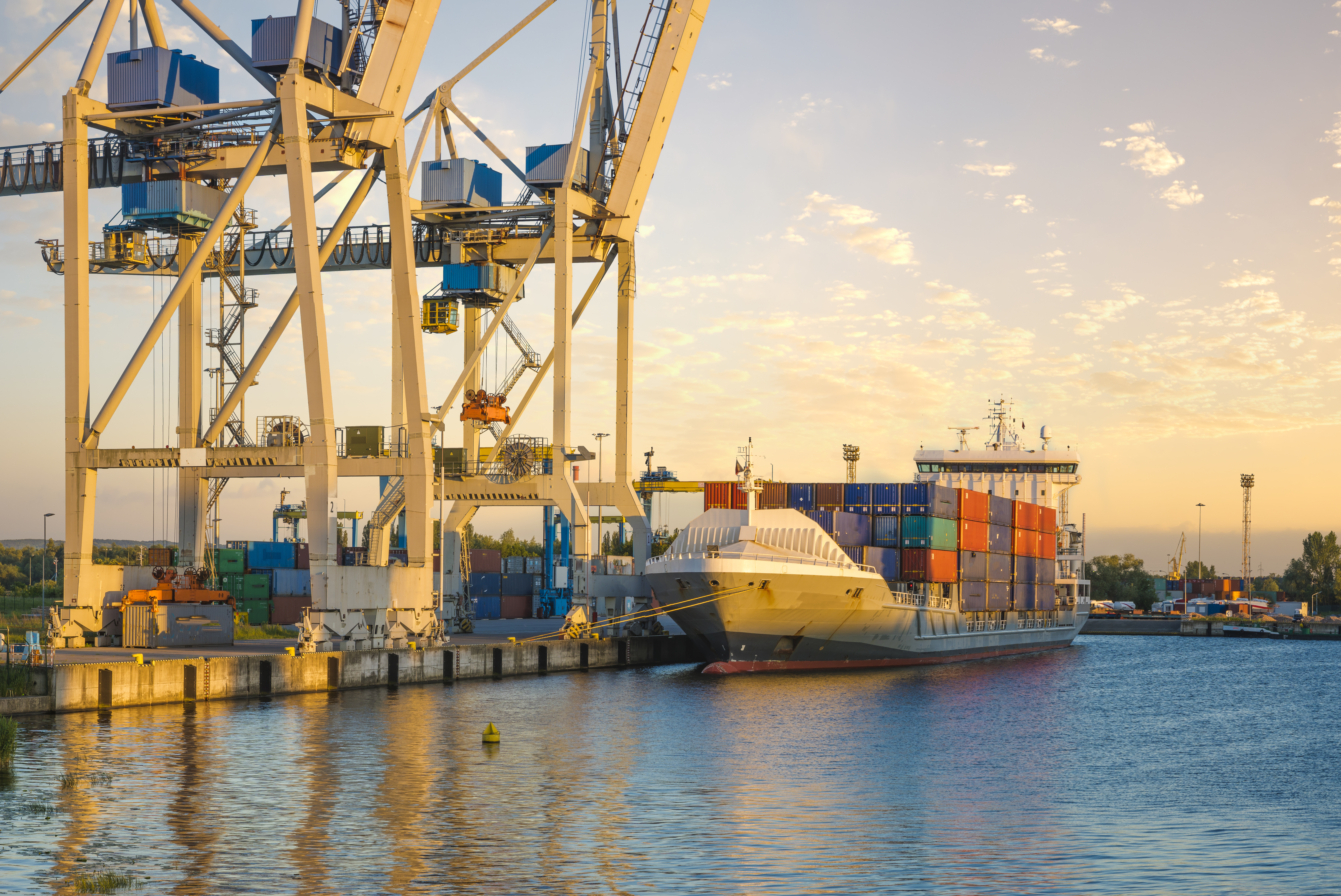Immigration Discussion with Ex-Mex Author Jorge Castañeda
Immigration Discussion with Ex-Mex Author Jorge Castañeda
Immigration experts joined Jorge Castañeda, Mexico's former secretary of foreign affairs, to discuss his new book Ex Mex: From Migrants to Immigrants, and the challenges facing immigration reform in the United States.
- Jorge G. Castañeda, Author of Ex Mex: From Migrants to Immigrants (2007); former Secretary of Foreign Affairs of Mexico; and Global Distinguished Professor of Politics and Latin American Studies, New York University (author)
- Joe García, Director, Hispanic Strategy Center, NDN
- Cheryl Little, Esq., Executive Director and Co-Founder, Florida Immigrant Advocacy Center, Inc. (FIAC)
- Christopher Sabatini, Senior Director of Policy, AS/COA and Editor-in-Chief, Americas Quarterly (moderator)
Summary:
Opening the discussion, Castañeda explained the purpose of his book as threefold: to articulate the Mexican viewpoint on the immigration debate; to place the immigration debate within a historical context; and to underscore the economic push and pull of Mexican immigration that does not always function in tandem with the current letter of U.S. law. Castañeda also gave the immigration dilemma a human face in his book, said Sabatini.
Panelists voiced little hope for substantive change on U.S. immigration policy before the new U.S. president-elect takes office in 2009. Highlighting the political complexity and leadership risk on the issue, panelists noted that President George W. Bush won the 2004 U.S. presidential election with 49 percent of the Hispanic vote. Yet he failed to build the necessary national consensus to pass immigration reform in June 2007, despite leading bipartisan and White House support for the legislation.
The next president must deal with immigration pragmatically, said speakers. It is unrealistic to expect 12 million people—many indispensable workers—to repatriate to their home countries, asserted Castañeda. In his view, an effective U.S. immigration policy must legalize those who are here and address future migration flows. Back-and-forth-migration, or “circularity,” has all but ceased because of more stringent border enforcement. But, in lieu of keeping more people out, Castañeda explained, tighter U.S. border controls cause more undocumented immigrations to stay and to relocate their families to the United States.
As the immigration debate grows increasingly polarized, people tend to talk past each other, forgetting the humanitarian costs, said Little, who focused on the human side of the issue. For example, Mexicans residing near Tampa are departing in record numbers. In the past year, the Florida legislature has proposed six restrictive bills pertaining to migrants or immigrations. One law, said Little, permits public employs to pass information about their colleagues to the Immigration and Customs Enforcement agency. She also noted that undocumented immigrants constitute the fastest-growing prison population across the United States. Such practices drive immigrants underground, she said.
The issue of immigration policy in the United States requires a stronger and more clearly articulated position from the Mexican government, said Castañeda. There are two schools of thought about Mexico’s role, he suggested during the panel. The first, prevailing view that immigration is a U.S. domestic policy issue has begun encountering challenges, he said. The second view is that President Felipe Calderón should be more engaged in assisting Mexicans living abroad. Subscribing to the second school of thought, Castañeda said Calderón could expand consular services and diplomatically press the U.S. Government on the issue by treating immigration as a regional, as well as domestic, concern. Castañeda underscored the need for U.S.-Mexican cooperation on the matter by noting that, at several points during the past century, 10 percent of the Mexican population has resided in the United States.







